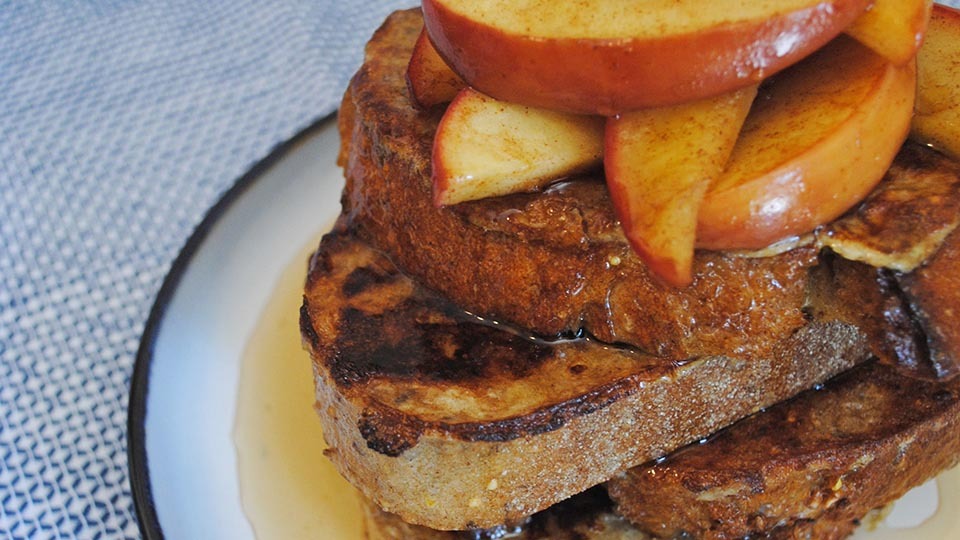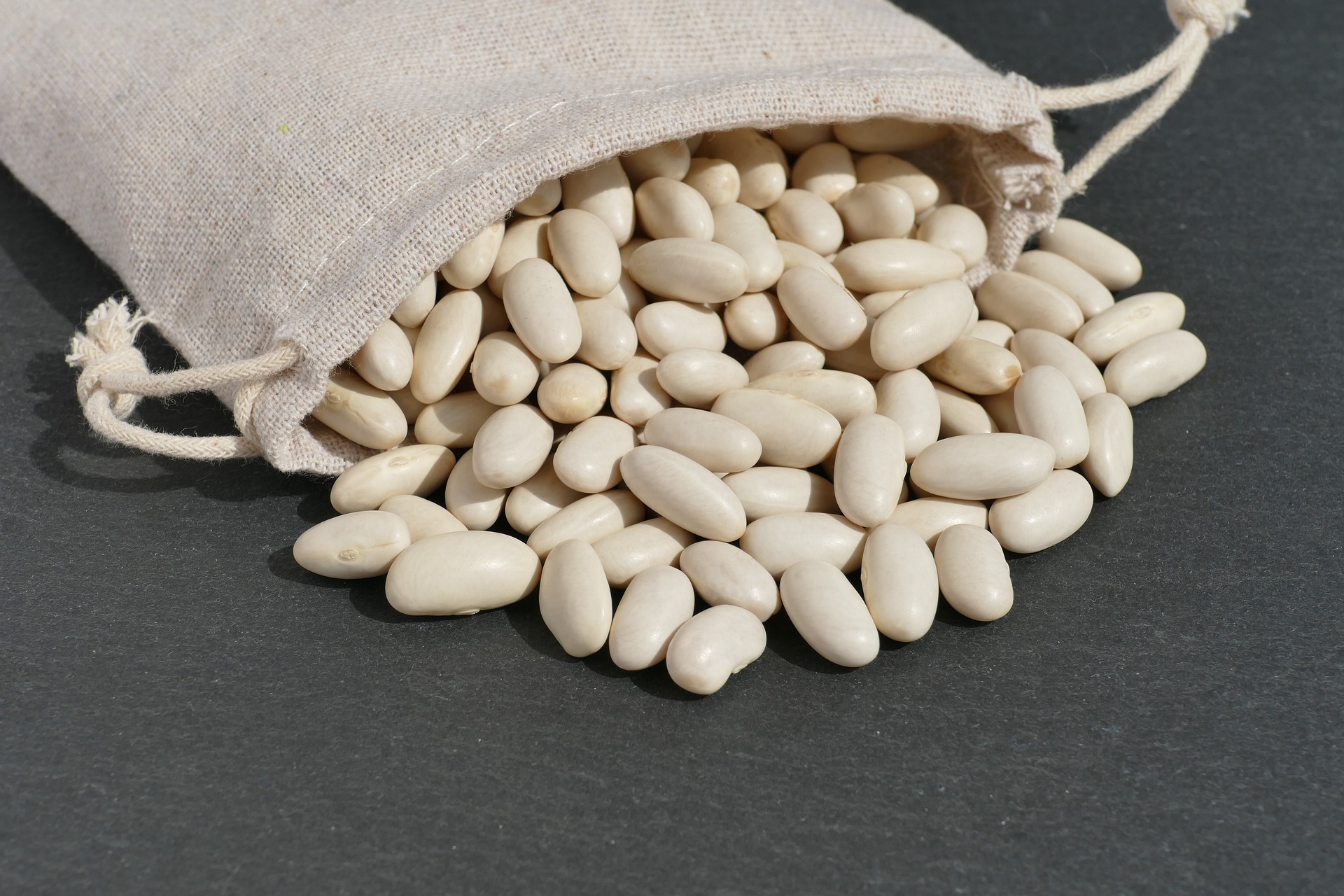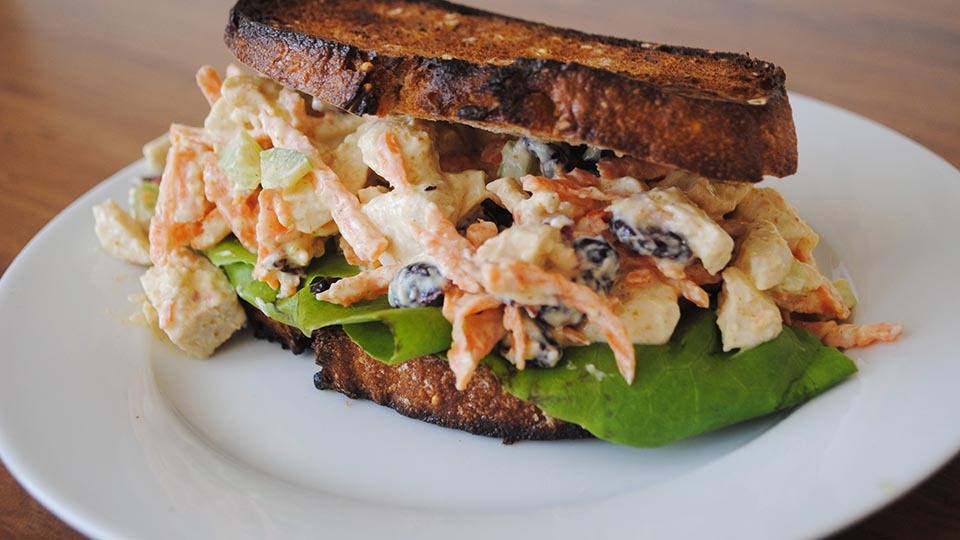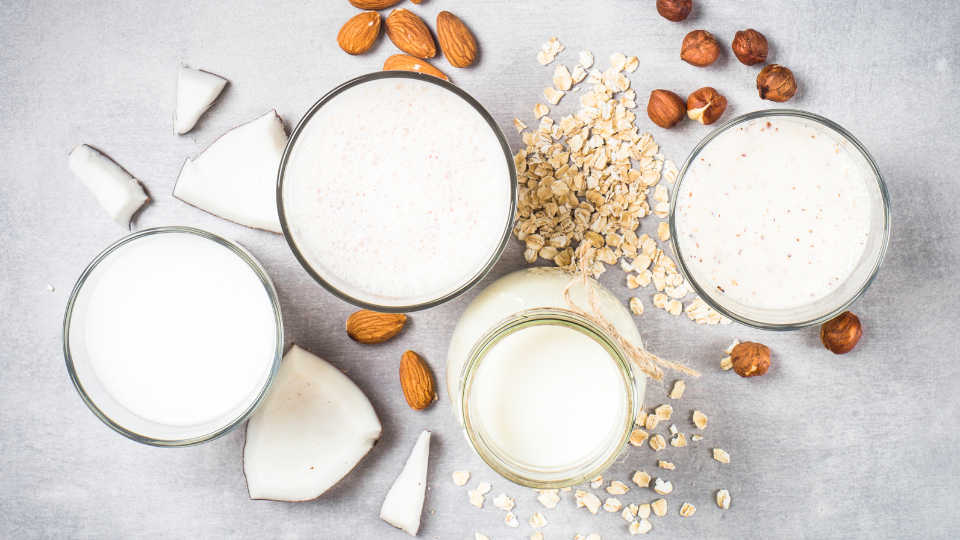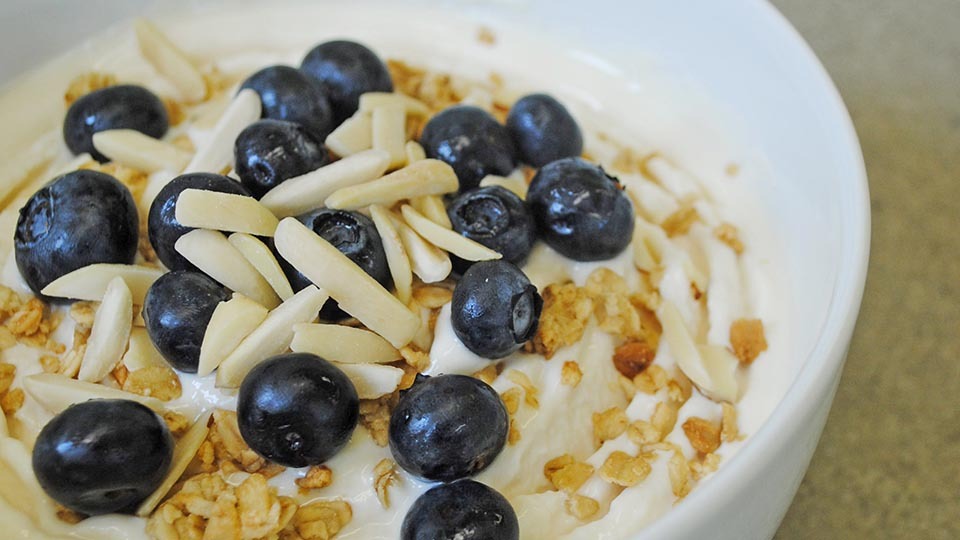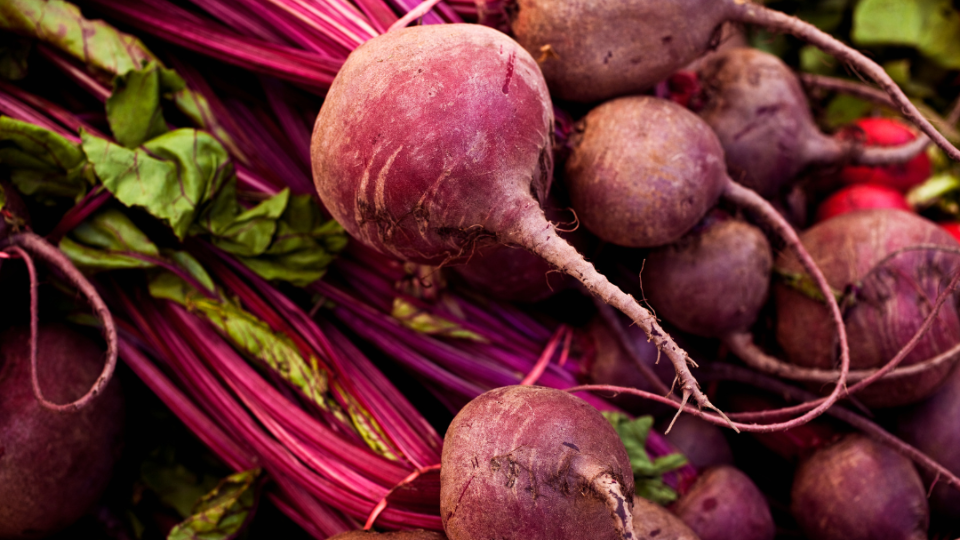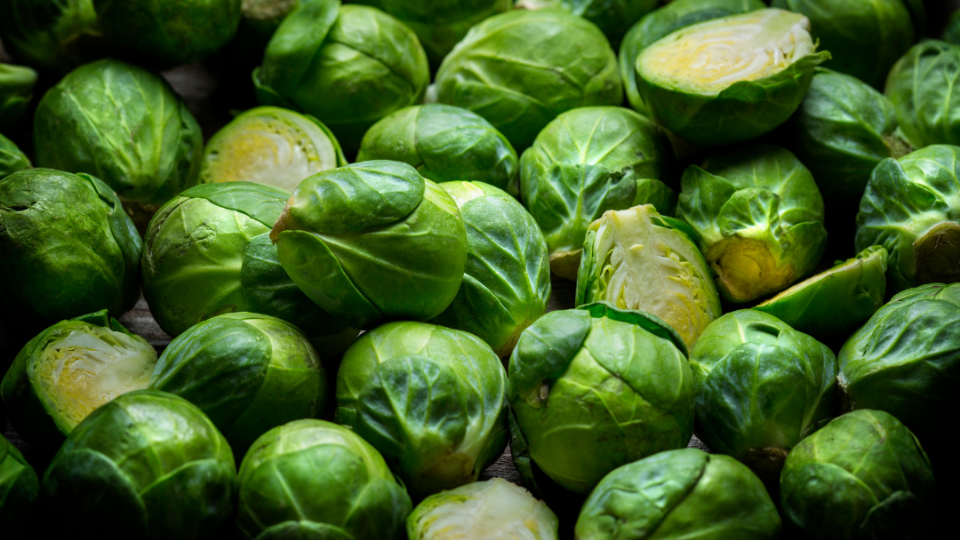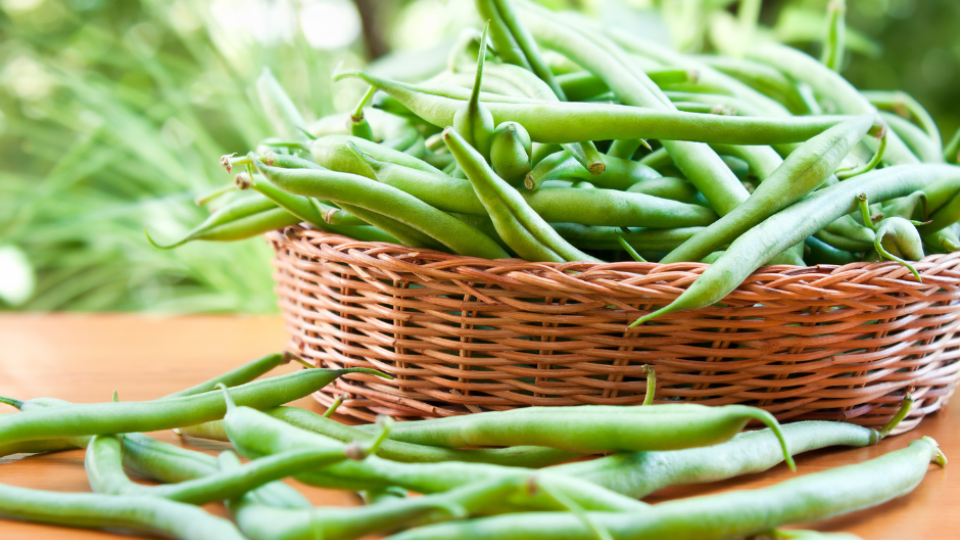Treating Arthritis Through Food

Arthritis is a blanket term to describe a disease condition that causes inflammation, pain, and/or swelling in one or more joints in the body. Specific arthritis diseases include Osteoarthritis, Rheumatoid Arthritis (RA), and Gout. However, there are more than 100 other diseases and conditions that create arthritis in joints as a secondary symptom. The symptoms of arthritis can impact life quality and can cause damage to joints. Successfully managing arthritis is critical to reducing symptoms and minimizing joint damage.
Management of arthritis may vary slightly depending on the type of arthritis, but most of the steps to manage pain and damage are the same for every patient and condition. Here are three recommendations for managing arthritis symptoms:
| Recommendation | Reason |
| Lose Weight | Carrying excess weight can increase stress on joints, especially the knee and hip joints. Losing small amounts, even 10-12 pounds, can dramatically improve arthritis symptoms and reduce joint damage. |
| Move More | This may seem unpleasant because many of the joints we use to move are the ones affected by arthritis pain. But increasing physical activity and movement throughout the day can actually reduce pain in the joints. Physical activity can also improve mood, increase body strength, and increase desire to be more physically active. Even 10-15 extra minutes a day can make a huge difference |
| Protect your Joints | While increasing physical activity is important when managing arthritis symptoms, be careful to choose physical activities that are low-impact and have a low risk of injury. Some great activities would include walking, biking, and swimming. |
Growing amounts of evidence are suggesting that an anti-inflammatory diet can make a significant difference in arthritis symptoms. This kind of eating pattern focuses on eating foods that reduce swelling in our cells and repair cell damage. Below are nine diet recommendations designed for arthritis patients:
- Eat more vegetables. These amazing foods are low in calories and high in nutrients. Many of the vegetables we eat contain antioxidants that fight inflammation and repair damage in the body. Arthritis symptoms tend to get worse when we don’t have enough antioxidants in our body. Look for vegetables that are colorful and in season, these will provide more nutrition and will be cheaper too! Frozen and canned vegetables are just as nutritious as fresh vegetables, just be careful to choose options that have little to no added salt, sugar, or fat.
- Eat more fruit too! Eating more fruit can have a particularly protective effect from the symptoms of arthritis. This is especially true when whole fruits are eaten instead of drinking fruit juice. The actions of several components found in whole fruits are thought to create this protective effect. For the greatest benefit choose colorful fruits like pomegranates and berries.
- Choose more whole grains. Whole grains are naturally rich in fiber and contain more nutrients than refined grains. Fiber is important because it helps the body regularly eliminate waste and toxic molecules. A properly functioning gut cuts down on inflammation and improves nutrient absorption and arthritis symptoms.
- Manage food sensitivities. Many people are sensitive to certain elements in food. Some of the common problematic substances include gluten, dairy foods, citrus foods, and plants from the nightshade family (tomatoes and eggplant). Some people will find more relief from severe arthritis symptoms when they avoid some or all of these foods. But the effect is not the same for everyone. A food trial is suggested for those that are unsure of what is specifically affecting them. Food trials can be complicated, it is best to consult a physician or a registered dietitian to get the best results.
- Dairy in small amounts. While dairy may cause worsening symptoms for some, dairy is necessary in our diets to keep bones functioning properly. Usually, a smaller amount of dairy is tolerated well. It is recommended that at least three servings of dairy be included your diet each day.
- Limit sugary foods. Foods that contain high amounts of added sugar feed certain processes in the body that increase inflammation. Choosing foods with little to no added sugar is a great way to reduce the amount eaten and improve arthritis symptoms. Set a goal to reduce the amount of candy, sodas, and other sugary beverages eaten daily. Also, make it a habit to read labels to determine the best low-sugar food options.
- Limit saturated fats and certain oils. Certain types of fat increase inflammation in our body. This is true of saturated fats like butter, red meats, coconut oil and sunflower oil. Decreasing consumption of these fats can dramatically improve arthritis symptoms. Also, certain unsaturated fats like corn, sunflower, peanut, and safflower oil are high in a molecule called Omega 6. Usually, fried food available from restaurants are fried in oils high in Omega 6. Omega 6 fats are directly responsible for swelling in the body. Switching to Omega 3 fats can reduce inflammation and provide other health benefits. Good sources of Omega 3 fats include olive oil, canola oil, and fatty fish.
- Eat less meat. When we cook and process meat a chemical called advanced glycation end products (AGE) is created. This chemical is highly inflammatory and greatly aggravates arthritis symptoms for most individuals. High AGE concentrations are found in fried, grilled, microwaved, or baked meat. Also, highly processed meats like lunch meats, hot dogs, sausages, hams, jerky, etc. contain high levels of AGE. Reducing meat consumption will reduce these chemicals in the body and improve arthritis symptoms. Many individuals find great relief in following a vegetarian lifestyle, but reducing the amount of meat eaten to 3-4 times per week can also have a beneficial effect.
- Avoid high purine foods. These increase uric acid production which can increase swelling and pain in joints. Avoid large intake of anchovies, asparagus, organ meats, herring, mackerel, sardines, scallops, and dried beans and peas and alcohol. Some of these foods are okay in moderation.
Below is a sample diet plan designed to help individuals with arthritis begin choosing more anti-inflammatory foods. Substitute personal food preferences to make this diet more satisfying and interesting.
| Monday | Tuesday | Wednesday | Thursday | Friday | |
| Breakfast | Oatmeal Banana Milk |
Whole grain toast with low-sugar jam Orange Milk |
Omelet with spinach, mushrooms, and cheese Milk |
Yogurt parfait with low-sugar granola and raspberries and honey | Ham and egg breakfast burrito on whole grain tortilla Grapes Milk |
| Snack | Apples and peanut butter | String cheese Peaches |
Strawberries and Pretzels |
Hummus with Celery | Pomegranates Low-fat granola bar |
| Lumch | Avocado toast on whole grain bread Steamed snap peas Milk |
Ham wrap w/ cheese and whole grain tortilla Steamed broccoli |
Chickpea, avocado, spinach, and salad greens with Greek dressing | Tuna salad Whole grain crackers Cauliflower |
Peanut butter on whole grain bread Cucumbers Milk |
| Snack | Low-sugar yogurt and blueberries | Mixed nuts Baby carrots |
Mozzarella ball kalamata olives and cherry tomatoes | Cottage cheese and pineapple | Whole grain pita and low-fat spinach dip |
| Dinner | Baked fish Brown rice pilaf Tossed salad w/cheese |
Vegetable sir fry Milk |
Shrimp pasta Cabbage salad w/ cheese |
Black Bean Lime rice burritos with sour cream Roasted butternut squash |
Chicken Skewers with roasted sweet potatoes Tossed salad |
Tips:
• Add a fruit or vegetable with every meal or snack
• Be aware of portion sizes, we generally need much less food than we eat.
• Find some fun new vegetarian meals. Meatless meals can be so yummy!
The recommendations reviewed in this article have shown promising effect in many people, but they don’t work for everyone at the same intensity. Take time to make changes slowly and asses how those changes are improving your arthritis symptoms. Also, smaller changes over time will create lasting improvement in arthritis symptoms well into the future.
References
Arthritis Foundation. (n.d.). 36-tips-diet-tips.pdf. Arthritis.Org. Retrieved November 29, 2021, from https://www.arthritis.org/getmedia/d5d11e00-977f-4e39-bdc4-46aa821857df/36-tips-diet-tips.pdf
Arthritis Types | CDC. (2019, February 20). https://www.cdc.gov/arthritis/basics/types.html
Basu, A., Schell, J., & Scofield, R. H. (2018). Dietary fruits and arthritis. Food & Function, 9(1), 70–77. https://doi.org/10.1039/c7fo01435j
Huckleby, J., Williams, F., Ramos, R., & Nápoles, A. M. (2021). The effects of race/ethnicity and physician recommendation for physical activity on physical activity levels and arthritis symptoms among adults with arthritis. BMC Public Health, 21(1), 1564. https://doi.org/10.1186/s12889-021-11570-6
Masud Parvez, G. M., & Akanda, K. M. (2019). Foods and Arthritis: An Overview. In Bioactive Food as Dietary Interventions for Arthritis and Related Inflammatory Diseases (pp. 3–22). Elsevier. https://doi.org/10.1016/B978-0-12-813820-5.00001-5
Rondanelli, M., Perdoni, F., Peroni, G., Caporali, R., Gasparri, C., Riva, A., Petrangolini, G., Faliva, M. A., Infantino, V., Naso, M., Perna, S., & Rigon, C. (2021). Ideal food pyramid for patients with rheumatoid arthritis: A narrative review. Clinical Nutrition, 40(3), 661–689. https://doi.org/10.1016/j.clnu.2020.08.020
Vadell, A. K. E., Bärebring, L., Hulander, E., Gjertsson, I., Lindqvist, H. M., & Winkvist, A. (2020). Anti-inflammatory Diet In Rheumatoid Arthritis (ADIRA)—A randomized, controlled crossover trial indicating effects on disease activity. The American Journal of Clinical Nutrition, 111(6), 1203–1213. https://doi.org/10.1093/ajcn/nqaa019
Authors
April Litchford, RDN, PhD, Extension Assistant Professor
Related Research








